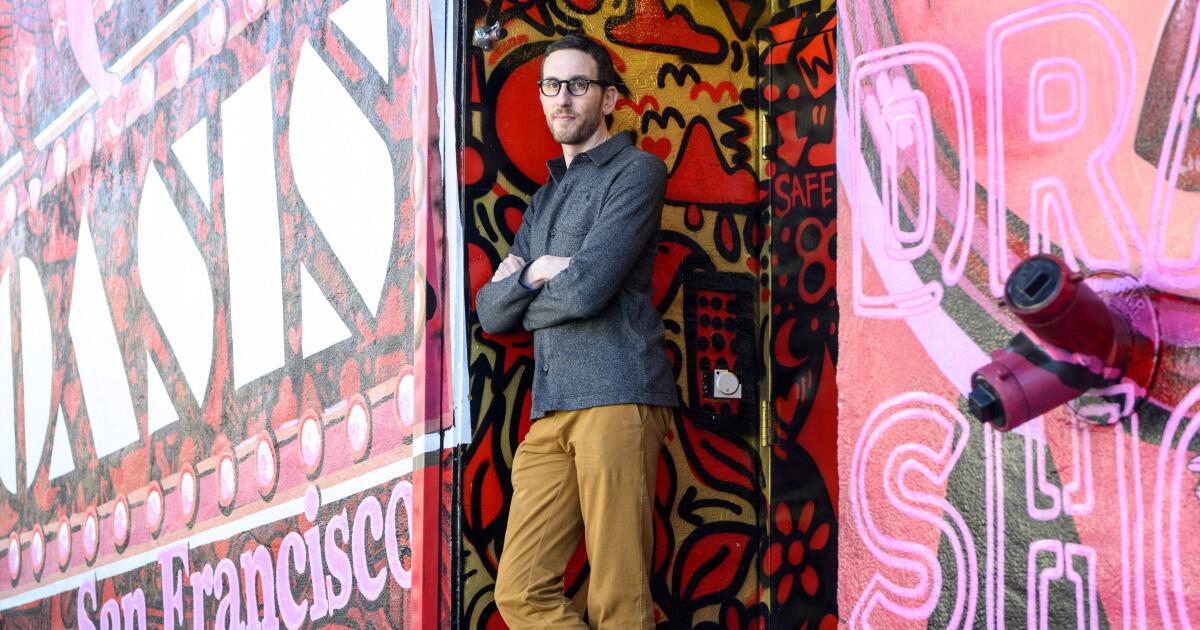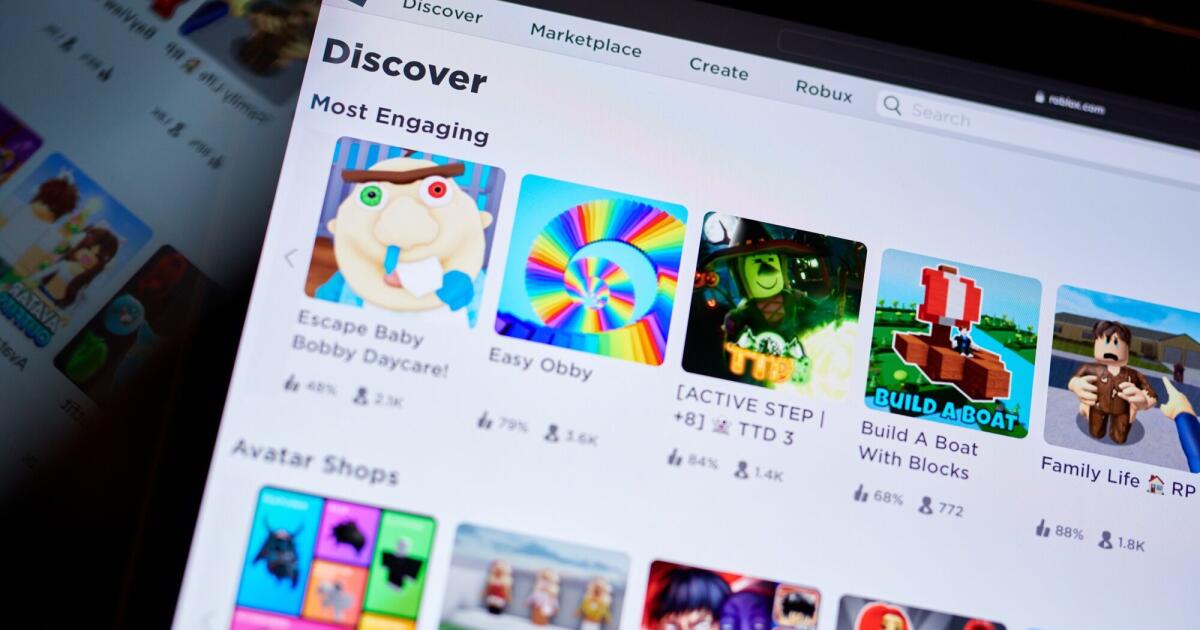Is Pelosi getting ‘Bidened’? High drama in the scramble for her congressional seat
State Sen. Scott Wiener is a strategic and effective legislator who rarely lets emotion make his decisions — much like Nancy Pelosi, whose congressional seat he would like to take.
It has been a wide-open secret for years that Wiener wanted to make a run for federal office when or if Pelosi retired, but he’s also been deferential to the elder stateswoman of California politics and has made it equally clear that he would wait his turn in the brutal and parochial machine of San Francisco politics.
Until now.
The San Francisco Standard broke the news Thursday that Wiener is running on the 2026 ballot, though he has yet to formally announce.
It is news that shocked even those deep in the dog-eat-dog world of S.F. politics and ignited the inevitable news cycle about whether Pelosi (who was instrumental in removing President Biden from the 2024 race for age-related issues) is being Bidened herself. It also ensures a contentious race that will be nationally watched by both MAGA and the progressive left, both of which take issue with Wiener.
Oh, the drama.
Take it for what you will, but a few months after having hip replacement surgery, Pelosi is (literally) back in her stiletto heels and raising beaucoup dollars for Proposition 50, the ballot initiative meant to gerrymander California voting maps to counteract a GOP cheat-fest in Texas.
Yes, she’s 85, but she’s no Joe. She is also, however, no spring chicken. So the national debate on whether Democrats need not just fresh but younger candidates has officially landed in the City by the Bay, though Wiener remains both practical and polite enough to not frame it that way.
He’ll leave that to the journalists, who have hounded Pelosi for months to announce whether she will seek another term, a question she has declined to directly answer. Instead, her team has focused on the looming election for Proposition 50 and said any announcement on her future has to wait after the ballots are counted.
To be fair to Pelosi, she’s gone all-in to both fundraise and campaign for the redistricting effort, and its passage is essential to Democrats having even a shot at winning back any power in the midterms.
If Prop. 50 fails, there is no non-miracle path, except perhaps an unexpected blue wave, through which Democrats can retake a chamber. So Nov. 4 isn’t an arbitrary date. It will determine if there is any possibility of checking Trump’s power grab, and preserving democracy. Personally, I don’t fault Pelosi for being engaged in that fight.
To also be fair to Wiener, his decision to announce now was probably driven more by money and political momentum than by Pelosi’s age.
That’s because Pelosi already has a challenger — the ultra-wealthy progressive Saikat Chakrabarti, a startup millionaire who served as Alexandria Ocasio-Cortez’s campaign manager during her first upset win for Congress in 2018. Chakrabarti has long been an antagonist to Pelosi, and recently announced his candidacy, positioning himself as a disrupter.
In 2019, before the House impeached Trump over his questionable actions involving Ukraine, Chakrabarti tweeted, “Pelosi claims we can’t focus on impeachment because it’s a distraction from kitchen table issues. But I’d challenge you to find voters that can name a single thing House Democrats have done for their kitchen table this year. What is this legislative mastermind doing?”
Chakrabarti, who was born the year before Pelosi was first elected to Congress in 1987, has self-funded his campaign with $700,000 and has the financial ability to spend much more. Wiener, in his on-the-down-low shadow campaign, has raised a bit over $1 million, not nearly enough. The primary will be in June and it will be expensive.
Though we have yet to reach Halloween, a stroll down the aisles of any big box store can tell you that Christmas is neigh, a season when fundraising becomes harder — putting pressure on Wiener to raise money as quickly as possible before the winter freeze.
Add to that pressure the fact that Chakrabarti has political skills and growing popularity. He was the tech architect behind a successful push to activate volunteers for both AOC and Bernie Sanders.
An internal poll released a few months ago (and any internal poll must be viewed skeptically) showed Chakrabarti drawing 34% of voters to Pelosi’s 47%. His numbers increased as voters learned more about him — a few have even compared him to New York’s socialist wonder-kid Zohran Mamdani, currently running for mayor against Andrew Cuomo.
The problem with that is that Wiener is not Cuomo. He’s a progressive himself, and one with an established track record of getting stuff done, often progressive stuff.
I’ve watched him for years push ambitious agendas through the statehouse, including bills where I would have bet against him.
Most recently, he wrote the state’s ban on cops, including ICE, wearing masks. Although the feds have said they will ignore the new law, recently signed by Newsom, and it will almost certainly end up in court, it is a worthy message to send about secret police in America.
Wiener also this term passed a controversial housing bill that will increase density around transit hubs, and spearheaded a bill to regulate artificial intelligence.
In past terms, he has successfully forced insurance companies to cover mental health the same way they cover physical health; pushed large companies to disclose their climate impact; and been one of the major proponents of “YIMBY” policies that make it easier to build housing.
He has also passed numerous laws protecting immigrant and LGBTQ+ rights, which has made him a favorite target of the far right. He has received death threats on a regular basis for years, including one from an anti-vaxxer who was convicted on seven counts in 2022 after threatening Wiener and being found in possession of weapons. Wiener doesn’t have Pelosi’s charisma, but he has receipts for getting the job done and handling the vicious vitriol of modern politics.
Unlike Chakrabarti, Wiener has also been a part of San Francisco’s insular community for decades, and has his own base of support — though he is considered a moderate to Chakrabarti’s progressiveness. This is where San Francisco gets wonderfully weird. In nearly any other place, Wiener would be solidly left. But some of his constituents view him as too developer-friendly for his housing policies and have criticized his past policies around expanding conservatorships for mentally ill people.
But still, a recent poll done by EMC research but not released publicly found that 61% of likely primary voters have a favorable opinion of Wiener. That vastly outpaces the 21% that said the same about Chakrabarti or even the 21% who liked Pelosi’s daughter, Christine Pelosi, who has also been mentioned as a possible successor.
Which is all to say that Wiener is in a now-or-never moment. He has popularity but needs momentum and cash. The Democratic Party is in a mess, and the old rules are out the window, even in San Francisco.
So waiting for Pelosi had become a little bit like waiting for Godot, a self-imposed limbo that was more likely to lead to frustration than victory.



